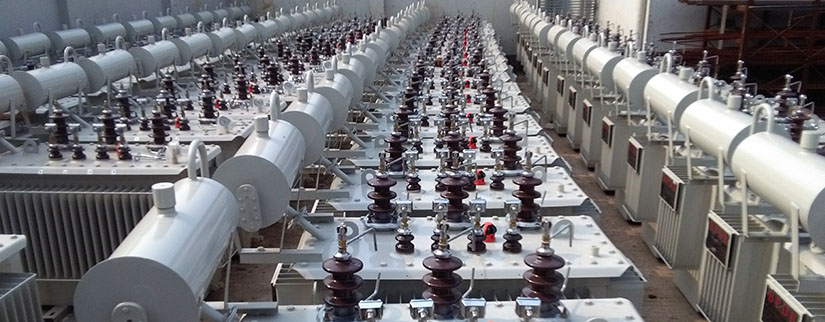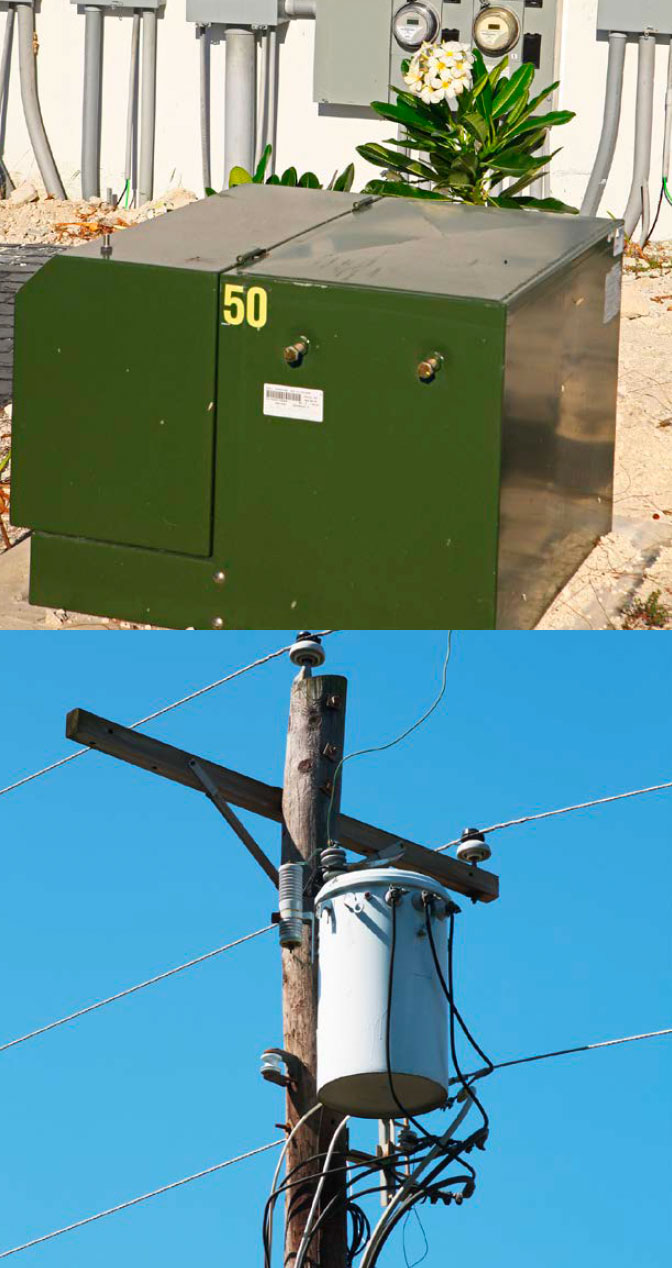How Many Transformers Will US Distribution Grid Need by 2050?
New NREL Research Helps Inform Supply Chains for a Core Component of Nation’s Energy Infrastructure

The United States is currently experiencing unprecedented imbalance between supply and demand for transformers—not the shape-shifting robots, but the crucial devices used on the power grid.
Almost every kilowatt-hour of electricity flows through a distribution transformer. Similar to how a traffic cop manages the flow of vehicles on a road, distribution transformers manage the flow of electricity along the power grid by changing high-voltage electricity from transmission lines into low-voltage electricity before it reaches consumers.
"Distribution transformers are a bedrock component of our energy infrastructure," National Renewable Energy Laboratory (NREL) researcher Killian McKenna said. "But utilities needing to add or replace them are currently facing high prices and long wait times due to supply chain shortages. This has the potential to affect energy accessibility, reliability, affordability—everything."
To get ahead of the increasing demand, McKenna and his NREL team are leading an effort funded by the U.S. Department of Energy's (DOE's) Office of Electricity and Office of Policy to quantify the long-term demand for distribution transformers.
"A lot of factors can drive the demand for transformers, which makes long-term forecasting especially challenging," McKenna said. "For instance, load growth from electrification of buildings and transportation, increased frequency and magnitude of extreme weather events, and the need to modernize aging electrical infrastructure can all impact the future demand for transformers."
Decoding Demand With Data-Driven Insights
NREL completed the first phase of the study that quantified the number, capacity, age, and use of the nation's current transformer stock—something that has never been done before.
"Most of the nation's current transformers are owned by over 3,000 distribution utilities across the country," McKenna said. "As you can imagine, that adds an extra layer of complexity to our effort to quantify them."
Based on the transformer data collected, NREL estimates distribution transformer capacity may need to increase 160%–260% by 2050 compared to 2021 levels to meet residential, commercial, industrial, and transportation energy demands. The demand increase is largely driven by aging transformers and electrification. NREL is also examining potential demand increases from extreme weather events and utility undergrounding and resilience programs that use various types of transformers.
This analysis is based on estimating the peak demand that would need to be met by distribution transformers, which considers the increased electricity demand across the economy from scenarios outlined in NREL's Electrification Futures Study.

NREL also identified increasing demand for step-up transformers, which are used to convert low-voltage electrical generation into high-voltage electricity for long-distance transmission. This type of transformer is needed to integrate wind and solar farms onto the power grid by adjusting voltages, improving efficiency, and enhancing grid reliability.
New Capabilities and Conversations Ahead
DOE has charged NREL with developing additional analysis capabilities to assess future transformer demand, including an examination of load growth, new customers, replacement needs, and resilience investments. DOE will share this analysis with stakeholders to help them better understand important load metrics, such as how increased electrification affects peak electricity demand, to inform distribution planning decisions.
To facilitate further action, DOE will introduce these insights in the ongoing solutions-oriented convening underway with power sector stakeholders, manufacturers, and federal partners—all of whom are focused on identifying and implementing practical actions that will help to ease the supply-demand mismatch for distribution transformers. NREL's ongoing analysis efforts will help inform these collaborative discussions by providing comprehensive data that has the power to be a grid game-changer.
"The administration is focused on the importance of distribution transformers and other critical components to the reliability of our nation's power grid," said Gil Bindewald, principal deputy assistant secretary for the Office of Electricity. "We are grateful for the strong collaboration between all stakeholders that has occurred to-date and hopeful that this cutting-edge analysis will serve as a catalytical foundation to inform impactful solutions that ensure America can meet its emerging energy needs."
Read the Major Drivers of Long-Term Distribution Transformer Demand to learn more.
Learn more about NREL's grid modernization research and energy analysis research, and sign up for NREL's energy analysis newsletter.
Last Updated May 28, 2025
